- Expert advice/
- Fashion & beauty/
- Wedding dresses/
- How to Make a Bustle on a Wedding Dress
- Wedding dresses
How to Make a Bustle on a Wedding Dress
A Bustle is an important part of any gown with any length train. Learning how to make a bustle on a wedding dress is simple with these tips.
Last updated February 5, 2024
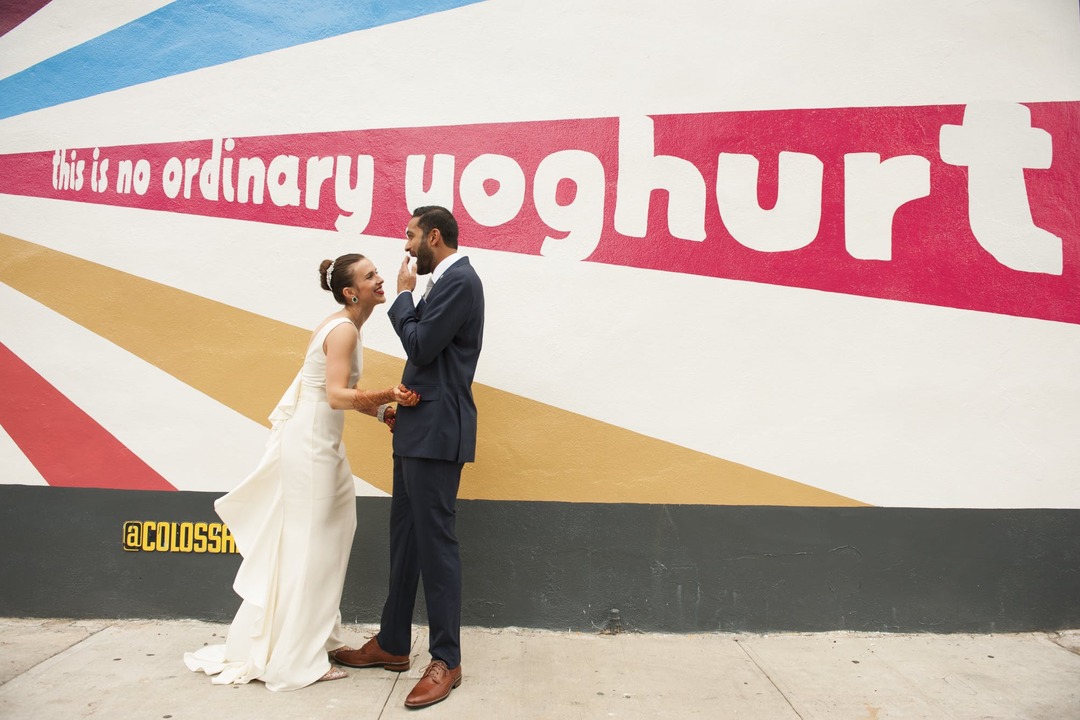
If you’ve never shopped for a wedding dress before, or been with someone who has, you may be surprised to find that a wedding dress doesn’t come with a bustle. Just like the dress is tailored to the bride, the bustle is custom-made to fit her and her dress perfectly as well.
If you’re working with a skilled seamstress or alterations expert (this isn’t a task we advise doing on your own), you may not have to worry about how to make a bustle on a wedding dress, but there are quite a few elements that go into it that it would benefit you to know. Read on for our tips on creating the right kind of bustle for your bridal gown and why you need one in the first place.
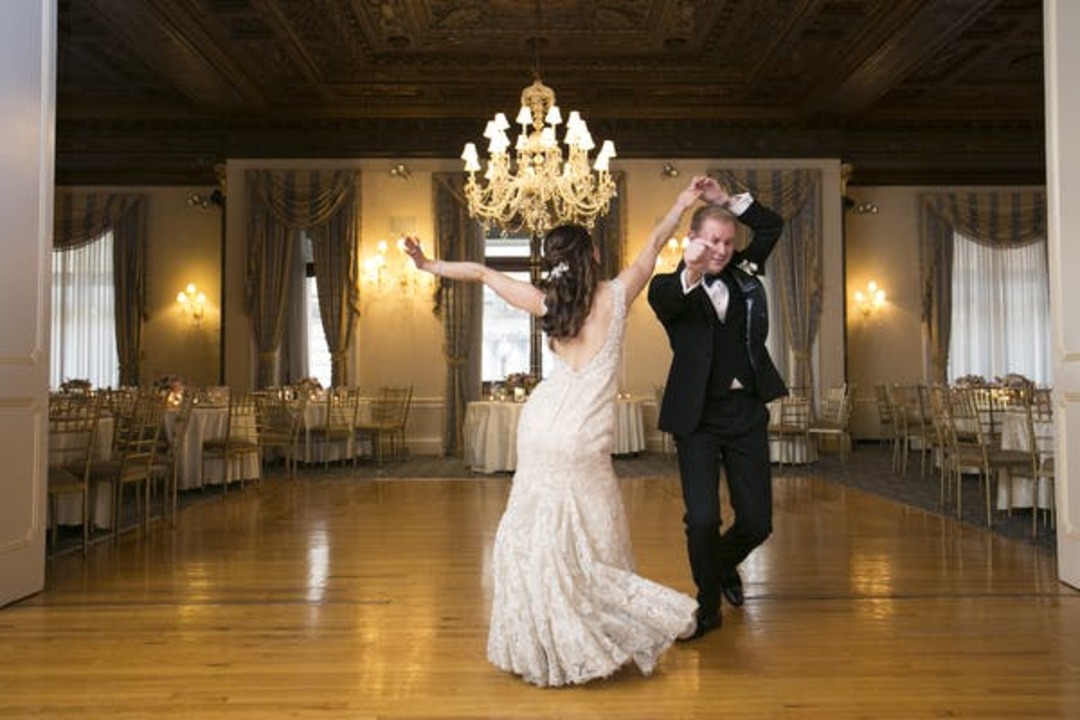
Why You May Need a Bustle
Dropping thousands of dollars on a wedding dress easily qualifies this purchase as a significant one. As with anything of such great value, it’s important to take good care of your wedding gown. After your big day, you may want to resell your dress or save it for your future children, but even if you plan to keep it in storage until the end of time, you will likely want it to remain in perfect condition. A bustle can be a key ingredient in safeguarding your dress and its train against potential damage. Here are a few things that can—and will—threaten your dress on your wedding day:
The Great Outdoors: Dragging a train through an outdoor venue will cause it to collect dirt, mud, or worse. Without a wedding dress bustle, you risk staining your dress and snagging your train on branches and rocks. A bustle can help keep this from happening.
Your Very Own Guests: A bustle also prevents people from stepping on your dress. Don’t be fooled, people will accidentally tread on your wedding dress train if it isn’t bustled. This can easily cause damage to your dress beyond repair.
In addition to saving your dress from threats to its perfection, a bustle will also save you from tripping on your train and make your dress much more comfortable to wear. Now that you know you need it, the question is how do you go about getting it?
How to Make a Bustle on a Wedding Dress
Partner With a Seamstress
Creating a bustle is a true work of art and should be left to the pros. A wedding dress is unlike any other dress and a bustle is unlike any other alteration. There are layers upon layers of fabric and intricate details, such as lace and stylistic seams to navigate. Plus, the dainty loops and buttons used to make a bustle could break if they aren’t created properly.
We highly recommend—implore—partnering with a seamstress who has experience tailoring and adding bustles to wedding dresses. The bridal boutique where you buy your dress will be your best resource in finding an experienced seamstress, but word of mouth works great, too. Talk to any recent brides you know and ask them for a referral, so you can learn how to bustle a wedding dress.
Pick the Right Style
There is an endless number of wedding dresses to choose from. Silhouettes range from voluminous ball gowns, to slinky column dresses, to extravagant mermaid shapes, and more. And for every silhouette, there are innumerable styles—everything from the fabric, to the embellishment, to the neckline can vary. While slightly fewer, there are also a plethora of bustles to choose from. For every kind of dress, there’s a right style bustle to match. Most wedding dress bustles fall into the following eight types with three overarching styles.
The Over Bustle
The aptly named over bustle, also called the American bustle, fastens the fabric of the train over the skirt. The train is hooked with a single hook or button along the center seam in the back of the dress. It creates a simple, symmetrical, and draped look that doesn’t take away from the dress itself.
You can also fasten the train at multiple points over the skirt, which creates a dramatic and voluminous effect. This variation of the over bustle is called “traditional.” It’s perfect for big ball gowns, A-line silhouettes, and cathedral-length trains. When there’s a lot of fabric to tie up, this type of wedding dress bustle makes the most sense, because you can spread the weight of the train out evenly over multiple hooks or buttons. If you try to hook a heavy train in one place, there is a greater risk that the bustle could break, which would leave your train out to dry.
A Bow bustle is another variety of the over bustle and is most commonly used on A-line dresses. This bustle includes a bow or sash tied around the waist. The bow itself could fasten the train to the waistline or could be used to cover the areas where it’s hooked in place.
The Under Bustle
Also called a French bustle, the under bustle is when the fabric is tied up underneath the skirt. This style looks tucked in and works well on mermaid and fit-and-flare silhouettes.
When hooked at multiple points underneath the skirt, the under bustle changes from “French” to “Victorian,” and for good reason. Here, the dress looks like Belle’s signature yellow dress in Beauty and the Beast. The “ballroom bustle” is also an under bustle that picks up at multiple points, however, this style gives the effect of no bustle at all. It works on a variety of silhouettes and seems to magically take a wedding gown from train to no train (it’s all tucked underneath the skirt), so it can float across a ballroom floor.
Yet another variation of the under bustle is a train-flip bustle, which is most commonly used with ball gowns. This style hides the train completely underneath the gown by flipping and hooking it at the waistline. The result is an even fuller skirt on the gown, but otherwise gives the appearance of no train or bustle at all.
The Austrian Bustle
For an alternative choice, less popular than the traditional French and American bustles but gaining steam, opt for an Austrian bustle. This style is created with a series of ribbons sewn on the inside of the dress that can be pulled tightly together to bustle the gown down the center back of it. This makes it extremely easy to use—just pull and tie the strings when you’re ready to tie up your train. The look is similar to ruching and looks great on A-line and fit-and-flare silhouettes.
Wrist Bustle
The easiest bustle to create is a wrist bustle, where a simple loop is added to the end of the wedding dress train and worn around the bride’s wrist. It creates an asymmetrical look that pairs nicely with already-asymmetrical gowns. This bustle style will only work for relatively lightweight trains that won’t be too heavy to carry or inhibit your ability to walk and dance.
Pay Attention to Details
The look of the bustle is only half the battle. There are a few minor details, such as budget and difficulty, that you should consider before adopting a particular bustle.
Bustle Your Dress In Its Best Light
Even when it’s bustled, your dress should show off its best features. You don’t want to lose the beautiful hand-appliqued florals, beading, or lace pattern because of a bustle. Choose the bustle style that will highlight your train even when it’s tied up.
Budget for the Bustle
Remember, your bustle is custom and is added after you purchase the gown. Alone, a bustle can range from $75 to $400—and that’s on top of any other bridal alterations you may need for the actual fit of the dress. Each individual button, hook, loop, and ribbon is sewn in by hand, so the more there are or the more complex the layout, the more time and energy required by your seamstress. The more buttons and loops you need for your bustle, the more expensive it will be.
Note the Difficulty of the Bustle
Bustles are not only complicated to create, but complicated to execute. When you’re in the dress, you will need help bustling it from behind—and the more intricate your bustle, the more help you will need. If you won’t have someone on hand to bustle your dress on your wedding day—maybe you’re eloping or not having a bridal party—opt for one of the simpler bustle types, such as an American or wrist bustle.
Your wedding dress is delicate and finely designed, so partnering with a seamstress is the best way to add a bustle. But that doesn’t mean you don’t have a say in what type of bustle you go with. After reading this, you’ll be fully prepared to discuss all of your options when you attend your first fitting and find the right bustle for your dress.
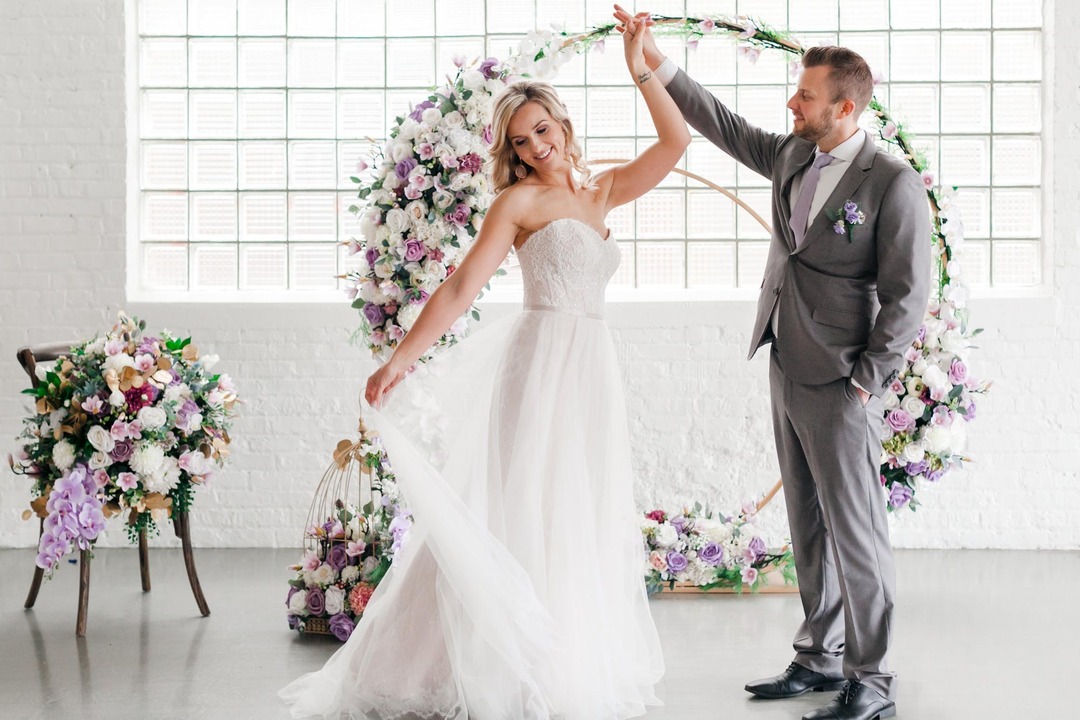
Up next for you
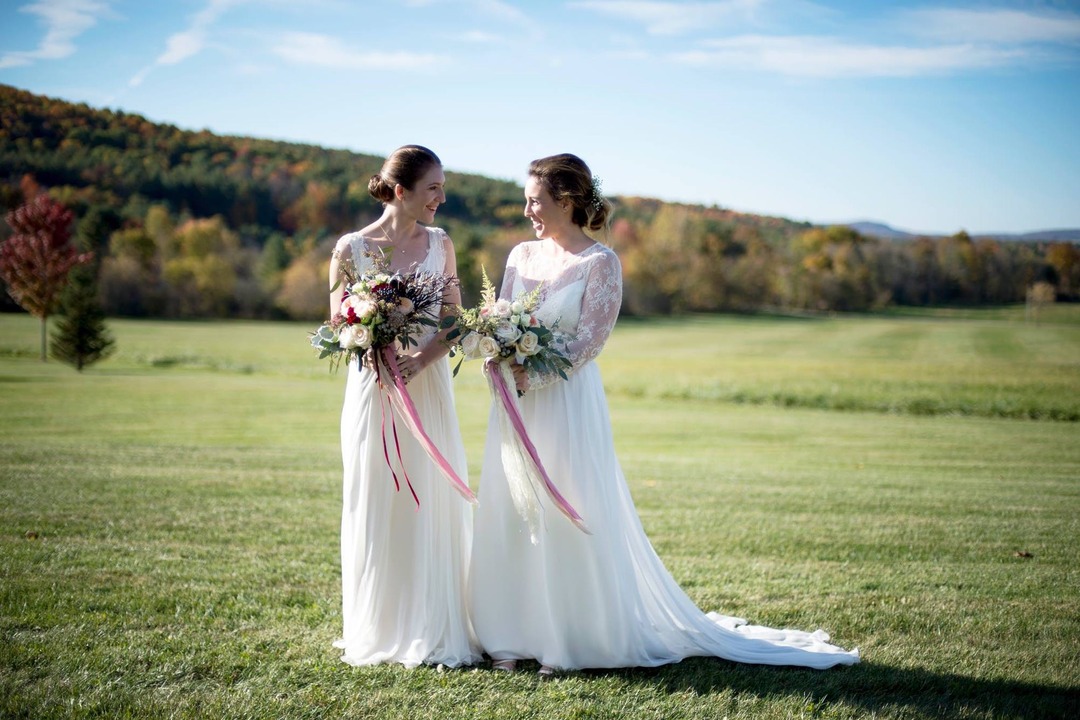
Guide to Wedding Dress Lengths
How-To
From mini to monarch, this guide will help you learn about every wedding dress length and which one is right for you.
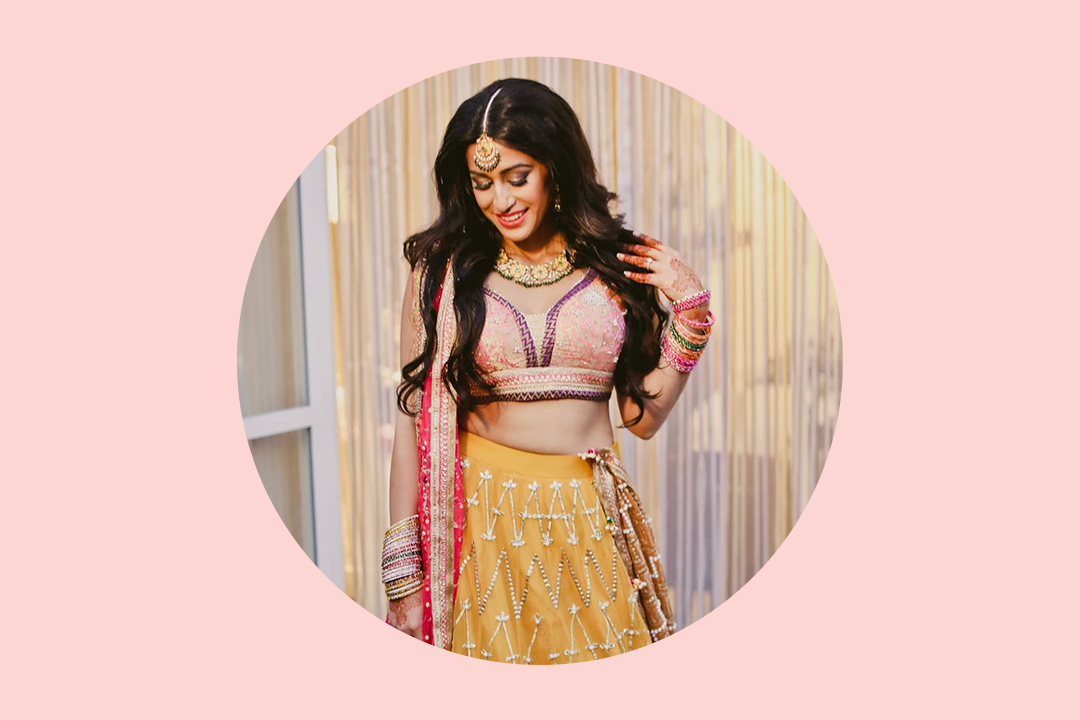
Should You Get a Second Wedding Dress for Your Reception? (+ 10 Dress Ideas)
Advice
We’re sharing the very best of second wedding dress ideas and how to decide if you want one in the first place.
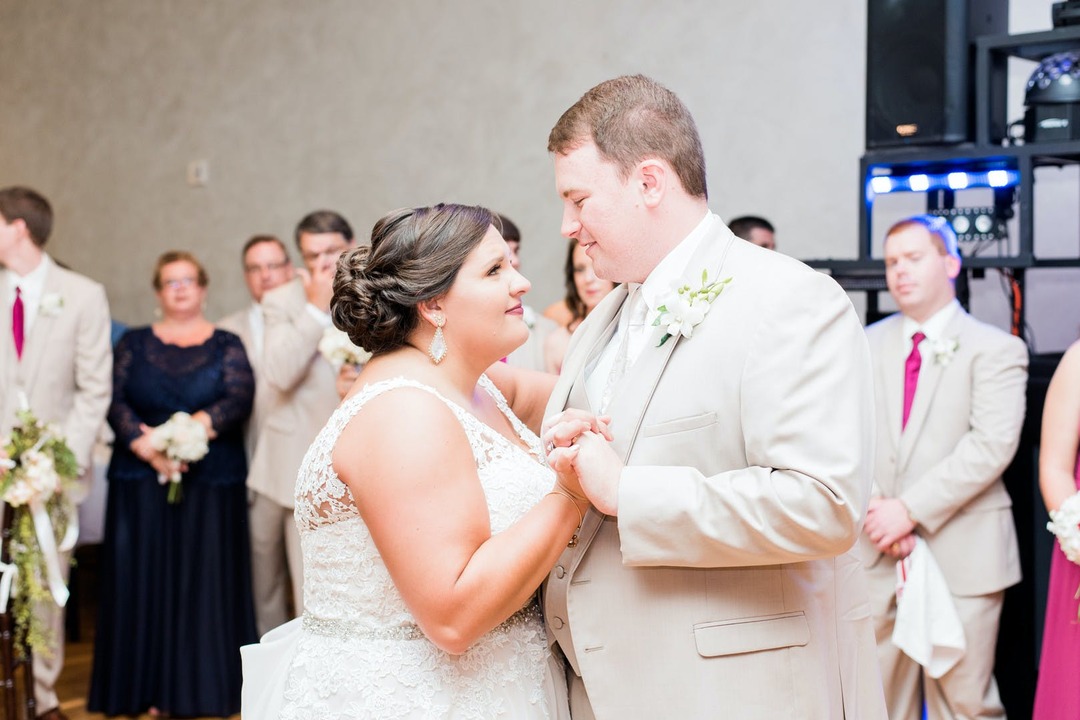
How to Dance in a Wedding Dress + 11 Wedding Dress Options
How-To
You don’t have to sacrifice your dance moves for your dream dress. We’ll show you how to dance in a wedding dress with a train, so you can party all night long.
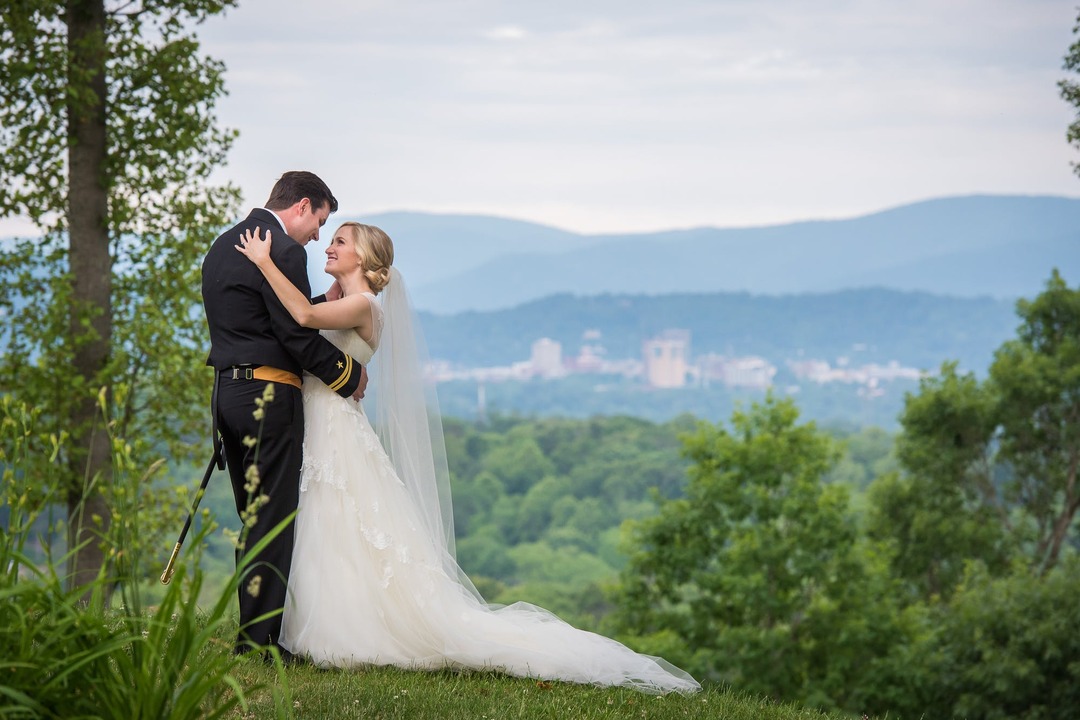
How Do You Attach a Train to a Wedding Dress?
How-To
If you’re looking to add that “je ne sais quoi” to your dress, a detachable wedding train may be right for you.
- Expert advice/
- Fashion & beauty/
- Wedding dresses/
- How to Make a Bustle on a Wedding Dress
Find even more wedding ideas, inspo, tips, and tricks
We’ve got wedding planning advice on everything from save the dates to wedding cakes.
